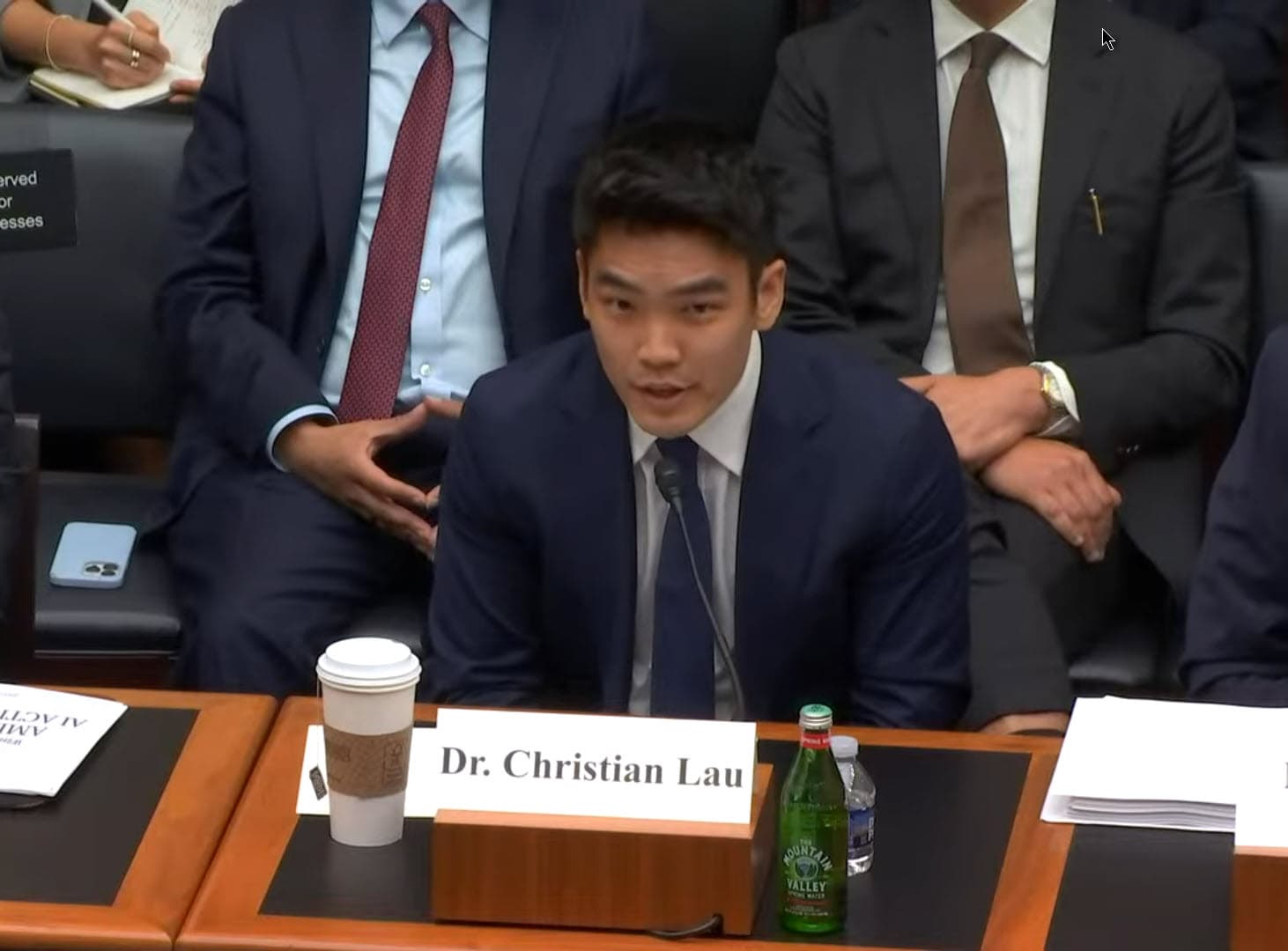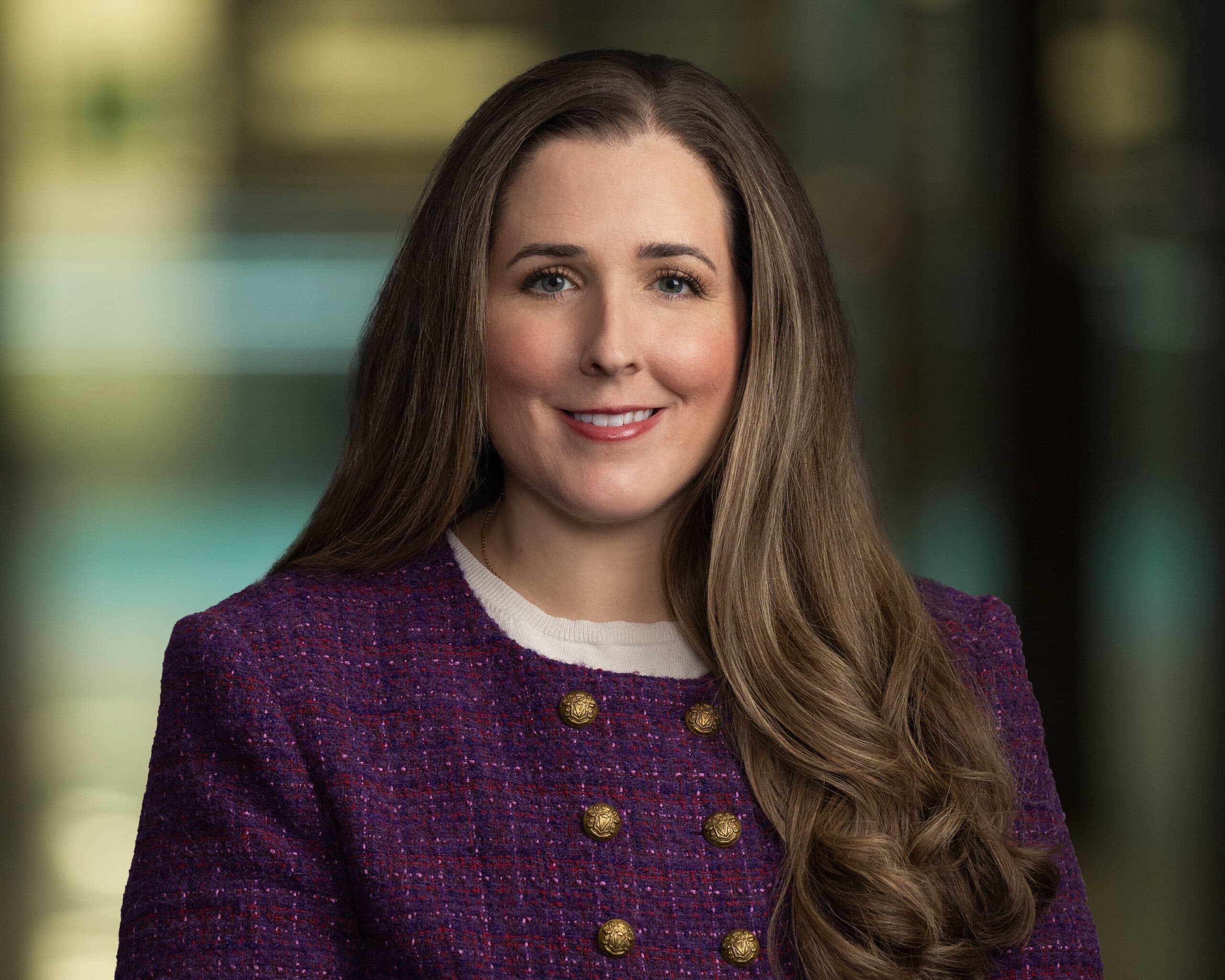California Governor Expands Workers Compensation Benefits to Employees Diagnosed with COVID-19
California Governor Expands Workers Compensation Benefits to Employees Diagnosed with COVID-19
Following California Governor Gavin Newsom’s March 19, 2020, stay-at-home order, many California employers have continued operations as “essential” businesses. For those employers with onsite employees, workplace safety has become a paramount concern. Sanitation and social distancing protocols, both mandated and voluntary, are the new normal. Despite such measures, employers with onsite employees can expect a spate of new workers’ compensation claims following the Governor’s issuance of the most recent COVID-19-related executive order.
Governor Newsom’s May 6, 2020 Executive Order N-62-22 creates a presumption that any COVID-19 diagnosis qualifies an employee for workers’ compensation benefits. Put differently, employees diagnosed with COVID-19 are now presumed to have contracted the virus at work.
When does the Order go into effect?
Immediately. The Order was effective on the day it was signed (i.e. May 6, 2020).
Which employees are presumed to qualify for benefits?
Any employee experiencing any COVID-19-related illness is presumed to qualify for workers’ compensation benefits if:
a) The employee tested positive for or was diagnosed with COVID-19 within 14 days after working at the employer’s direction;
b) The work was performed on or after March 19, 2020 and before July 6, 2020;
c) The place of employment was not the employee’s home; and
d) The diagnosis was performed by a licensed California physician and the diagnosis is confirmed by further testing within 30 days of the date of the diagnosis.
What benefits are employees eligible for?
Employees are eligible for all workers’ compensation benefits, including “full hospital, surgical, medical treatment, disability indemnity, and death benefits.”
Is there any waiting period?
No, there is no waiting period for temporary disability benefits, but an employee who has paid sick leave benefits specifically available in response to COVID-19 (such as COVID PSL), must use and exhaust those before any temporary disability benefits or benefits under Labor Code section 4850 (paid disability leave for public safety employees) are due and payable.
How do employees qualify for temporary disability benefits?
This depends on an employee’s date of diagnosis as follows:
- Temporary Disability After May 6: If the employee is diagnosed with COVID-19 on or after May 6, 2020, the employee must be certified for temporary disability within the first 15 days after the initial diagnosis, and recertified for temporary disability every 15 days thereafter for the first 45 days following diagnosis.
- Temporary Disability Before May 6, 2020: If the employee was diagnosed prior to May 6, the employee must obtain a certification, within 15 days of the date of the Order (by May 21, 2020), documenting the period for which the employee was temporarily disabled and unable to work, and must be recertified for temporary disability every 15 days thereafter, for the first 45 days following diagnosis.
Can employers dispute the presumption?
Yes. The presumption is disputable if controverted by other evidence within 30 days of a claim. After this 30-day period, a claim of a COVID-19-related illness is only disputable based on new evidence acquired after the 30-day period.
What “other evidence” can be used to dispute the presumption?
The Order does not provide guidance as to what “other evidence” could be helpful to employers. Presumably, employers could present evidence that the employee was directly exposed COVID-19 at home, adherence to enhanced sanitation and safety protocols, contract tracing and a lack of other COVID-19-related illnesses in the workplace. However, given the highly-communicable nature of COVID-19 and the current challenges with consistent contact tracing and testing, employers will likely face an uphill battle.
What if an employee reported a COVID-19 diagnosis to an employer before May 6?
Generally, an employer must provide an employee with a workers’ compensation claim form within one working day after the employee reports a work-related illness. That now includes reports of a work-related COVID-19 diagnosis. However, if an employee reported a COVID-19- diagnosis before May 6, an employer’s obligations are less clear. The Order allows employees diagnosed prior to May 6 until May 21 to obtain documentation of a COVID-19-related disability, suggesting that an employer may be obligated to provide employees with a claim form under such circumstances.
Will employers receive any more guidance regarding the Governor’s Order?
The Governor has instructed the Administrative Director of the Division of Workers’ Compensation to adopt, amend, or repeal any regulations necessary to implement the Order. Employers should monitor the Division of Workers’ Compensation COVID-19 resources website for updates.
Are workers’ compensation insurance carriers affected by the Governor’s Order?
Yes. The Order applies to all workers’ compensation insurance carriers writing policies that provide coverage in California, self-insured employers, and any other employer carrying its own risk, including the State of California. Unfortunately, nothing in the Governor’s Order limits the existing authority of insurance carriers to adjust the costs of their policies.
Procopio’s Labor and Employment Law team is staying on top of the latest developments impacting California employers from the Governor and other state and local officials. It’s safe to say the legal landscape will continue to change well into the future as the COVID-19 disruption continues.
Stay up-to-date with the Procopio newsletter.
Sign Up NowMEDIA CONTACT
Patrick Ross, Senior Manager of Marketing & Communications
EmailP: 619.906.5740
EVENTS CONTACT
Suzie Jayyusi, Events Planner
EmailP: 619.525.3818









